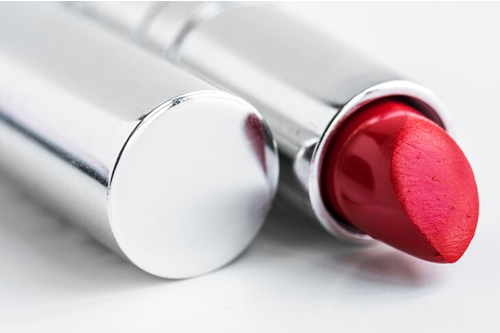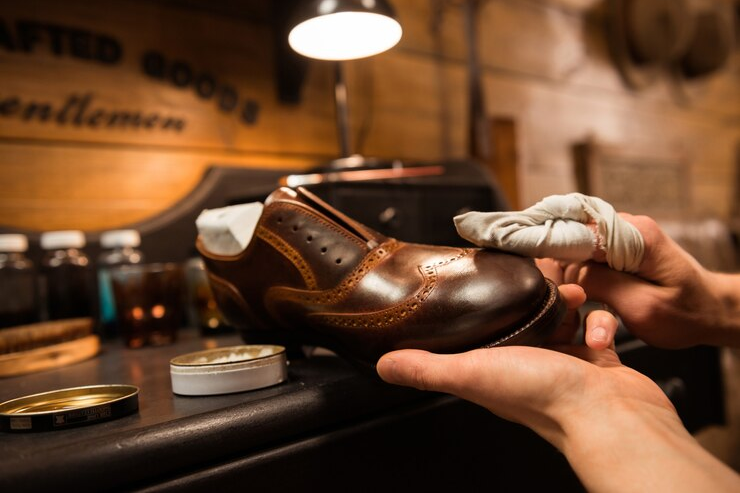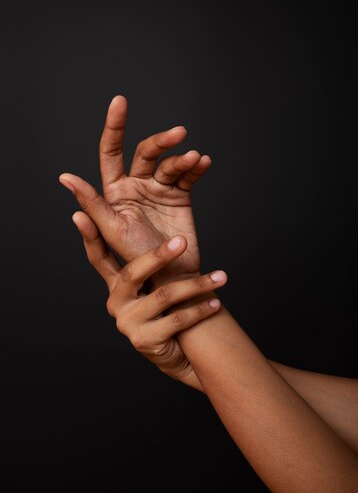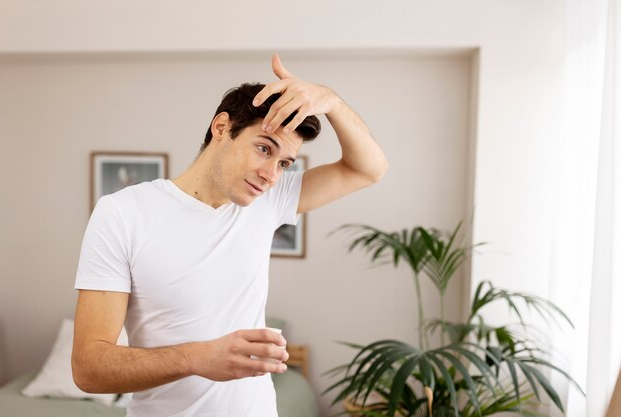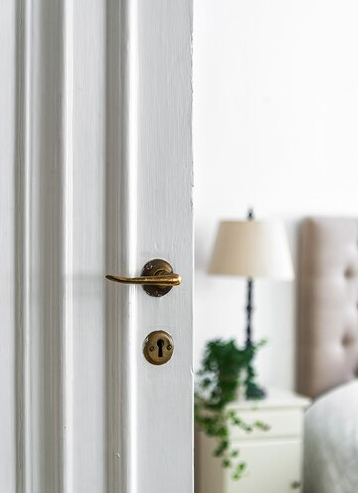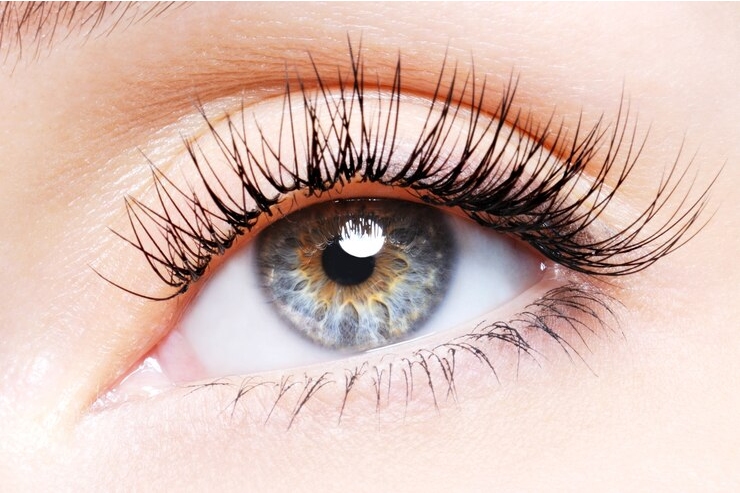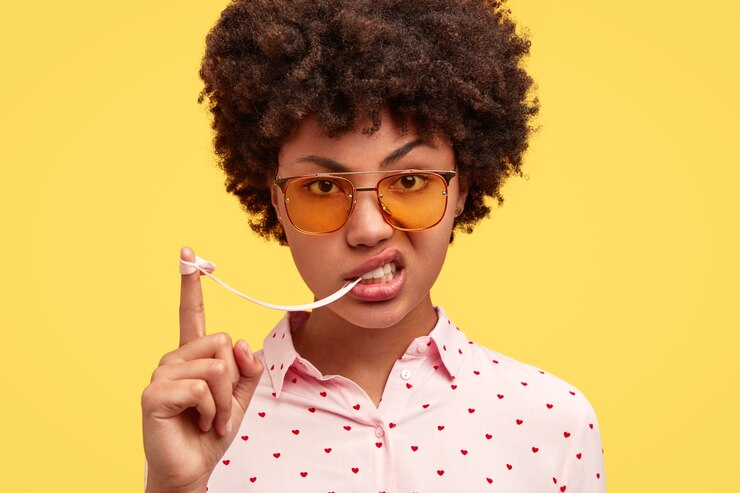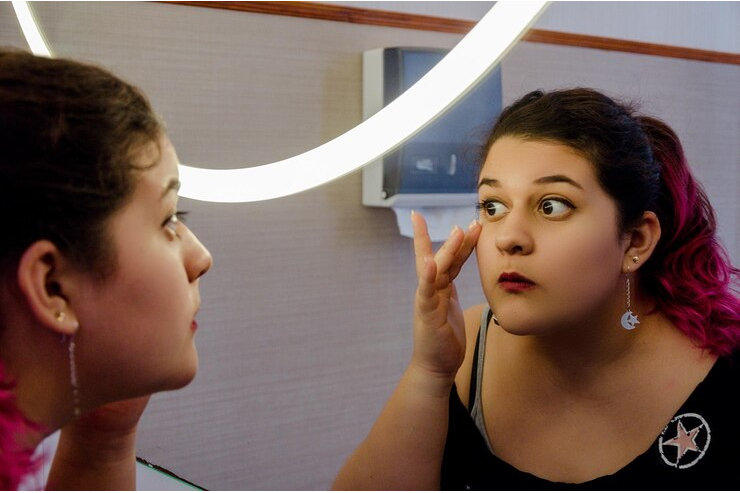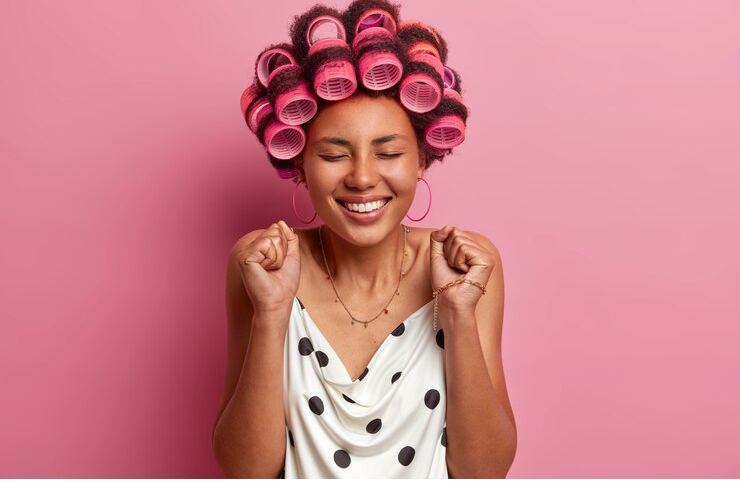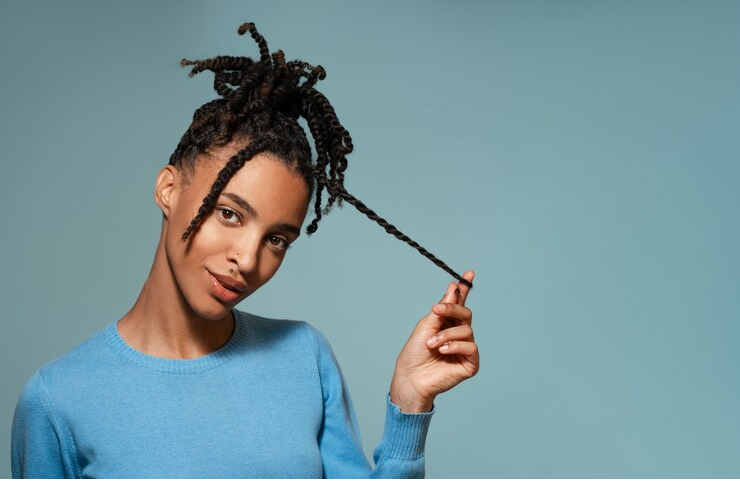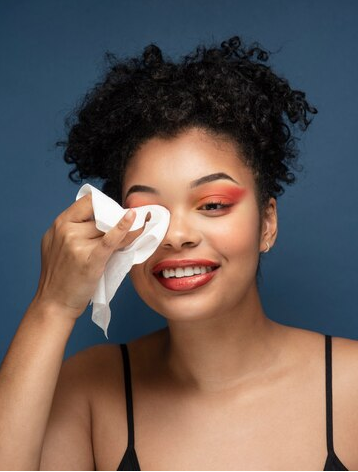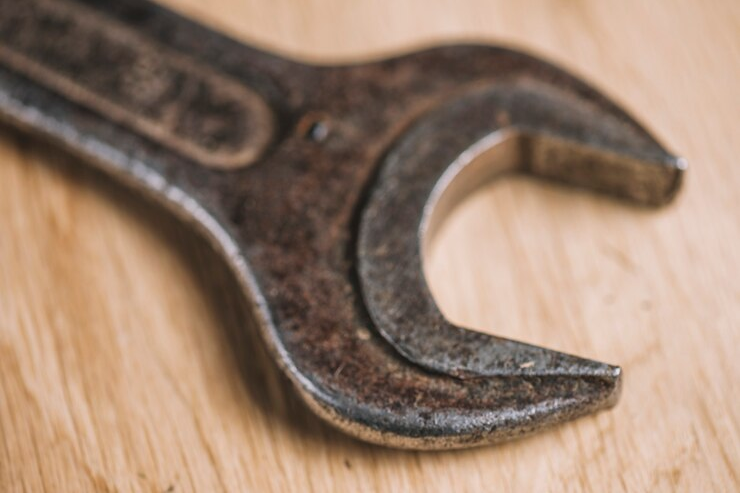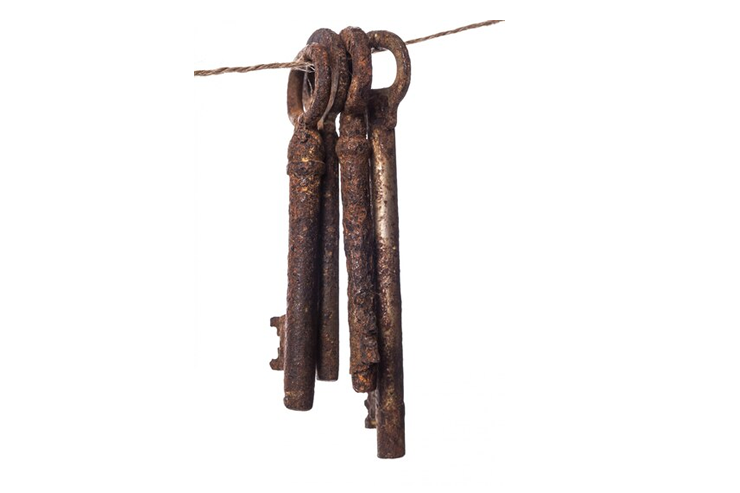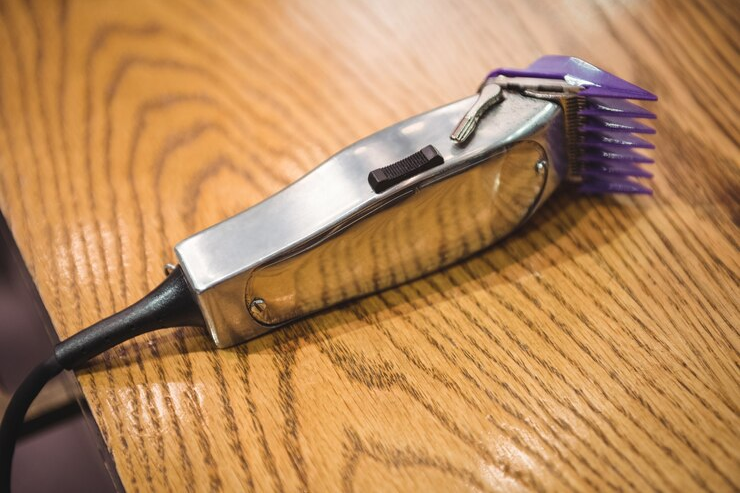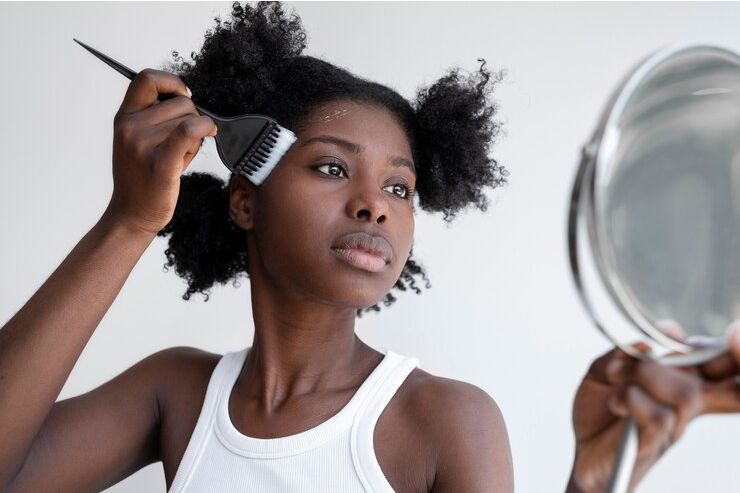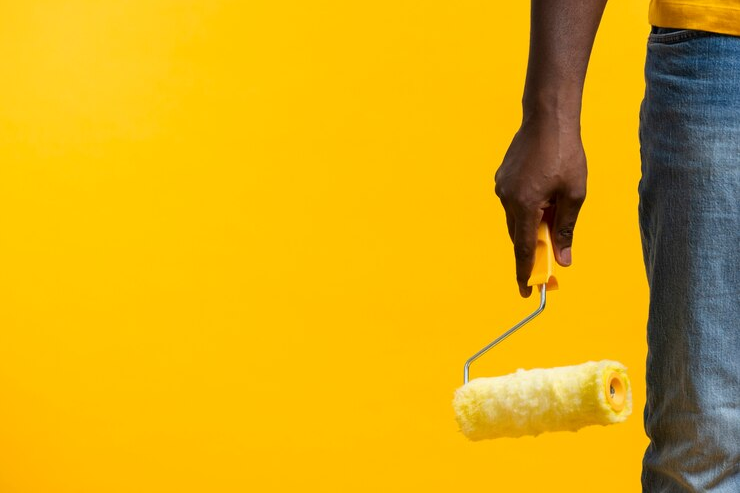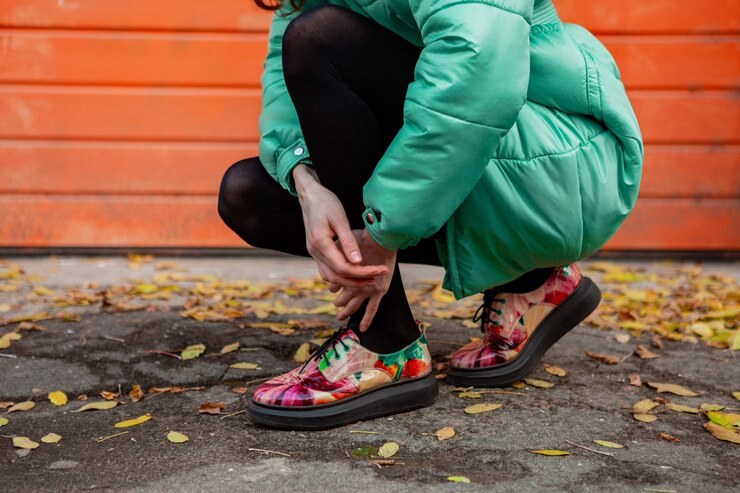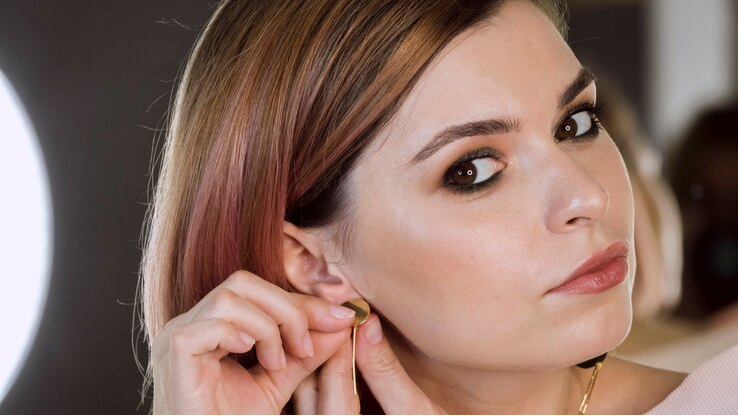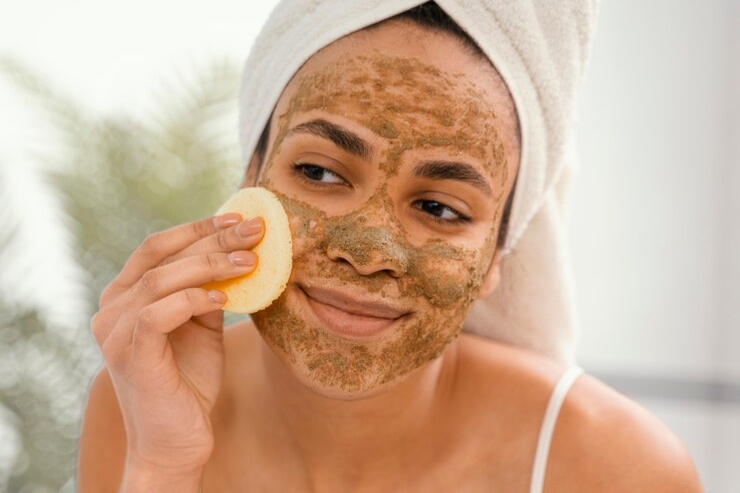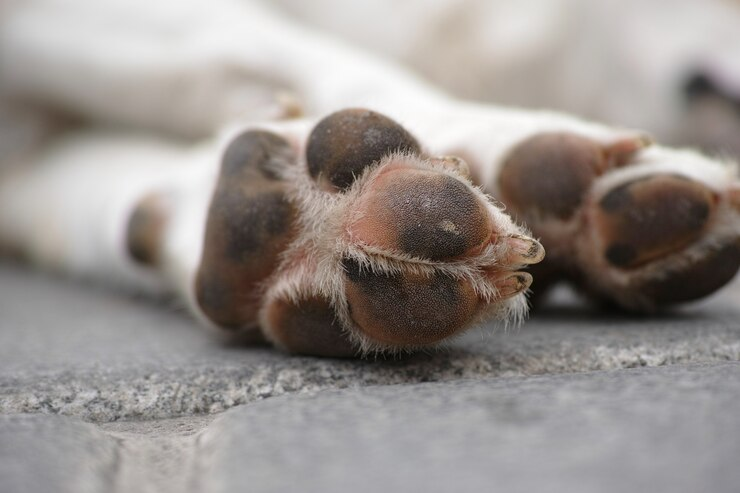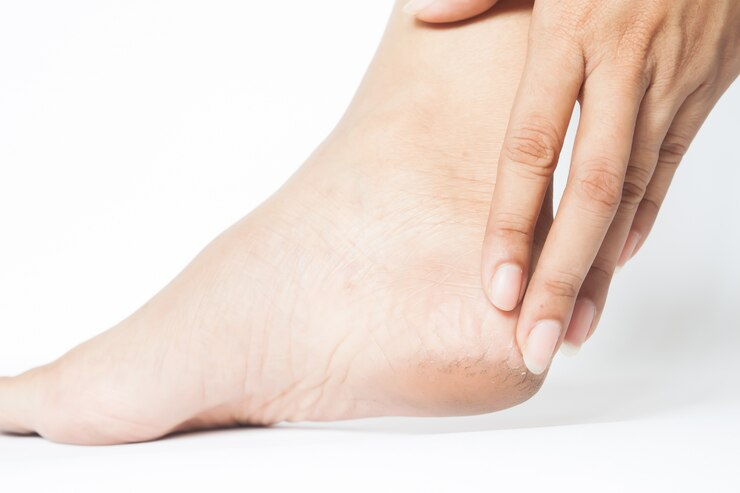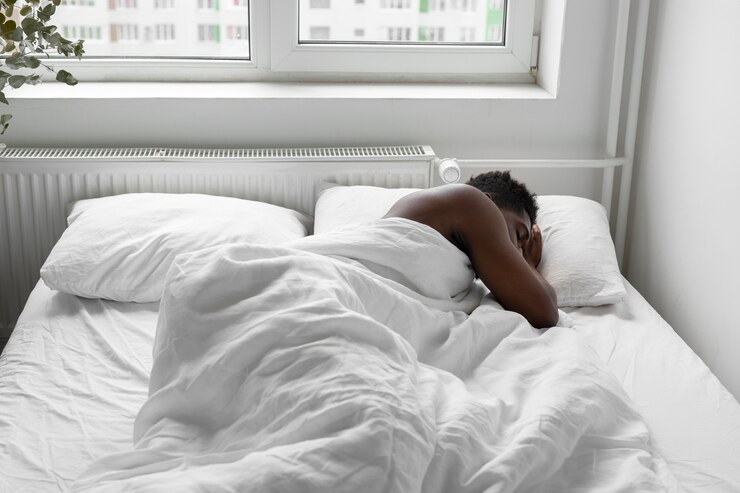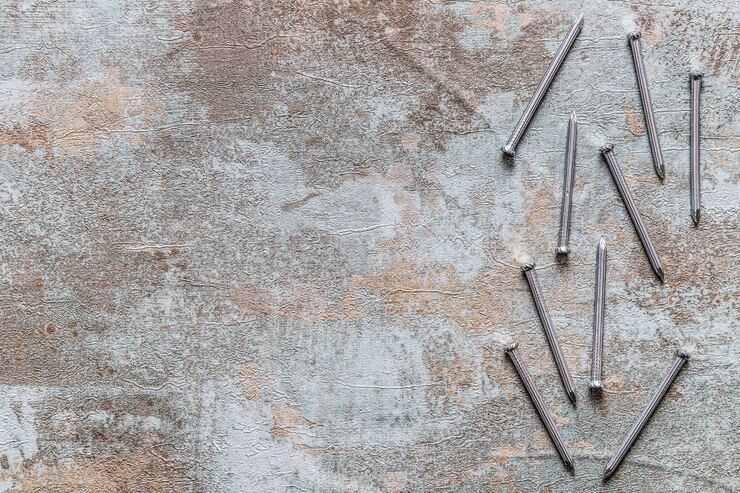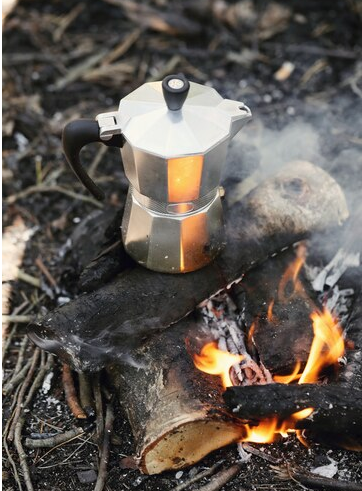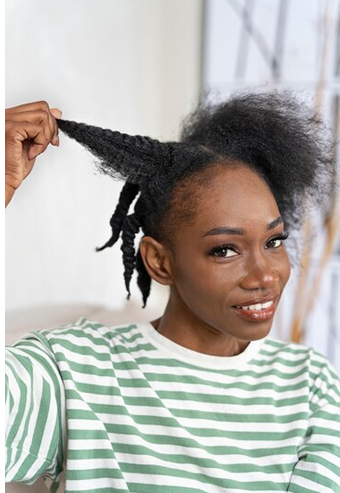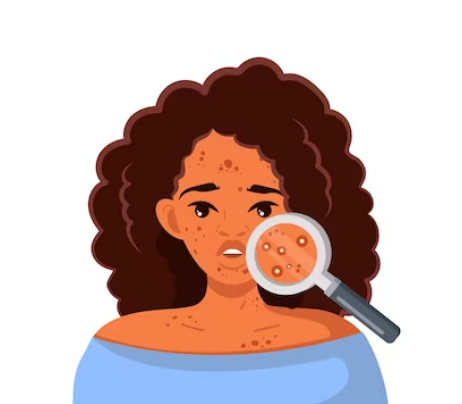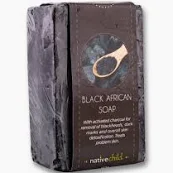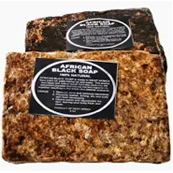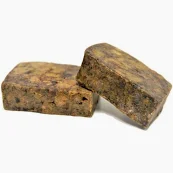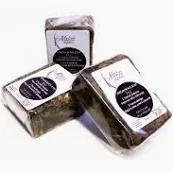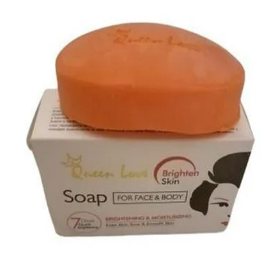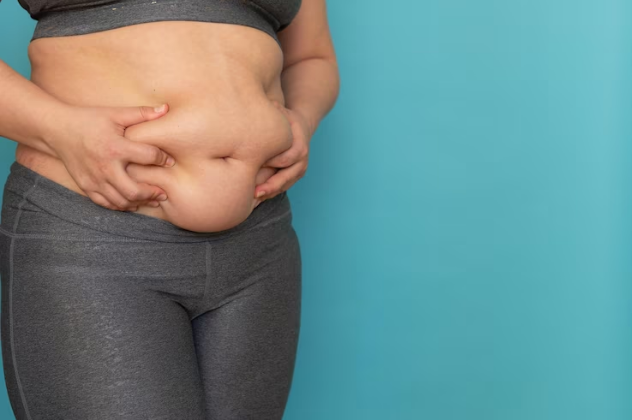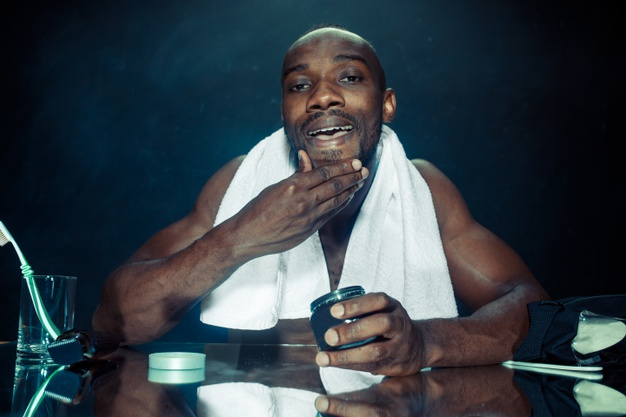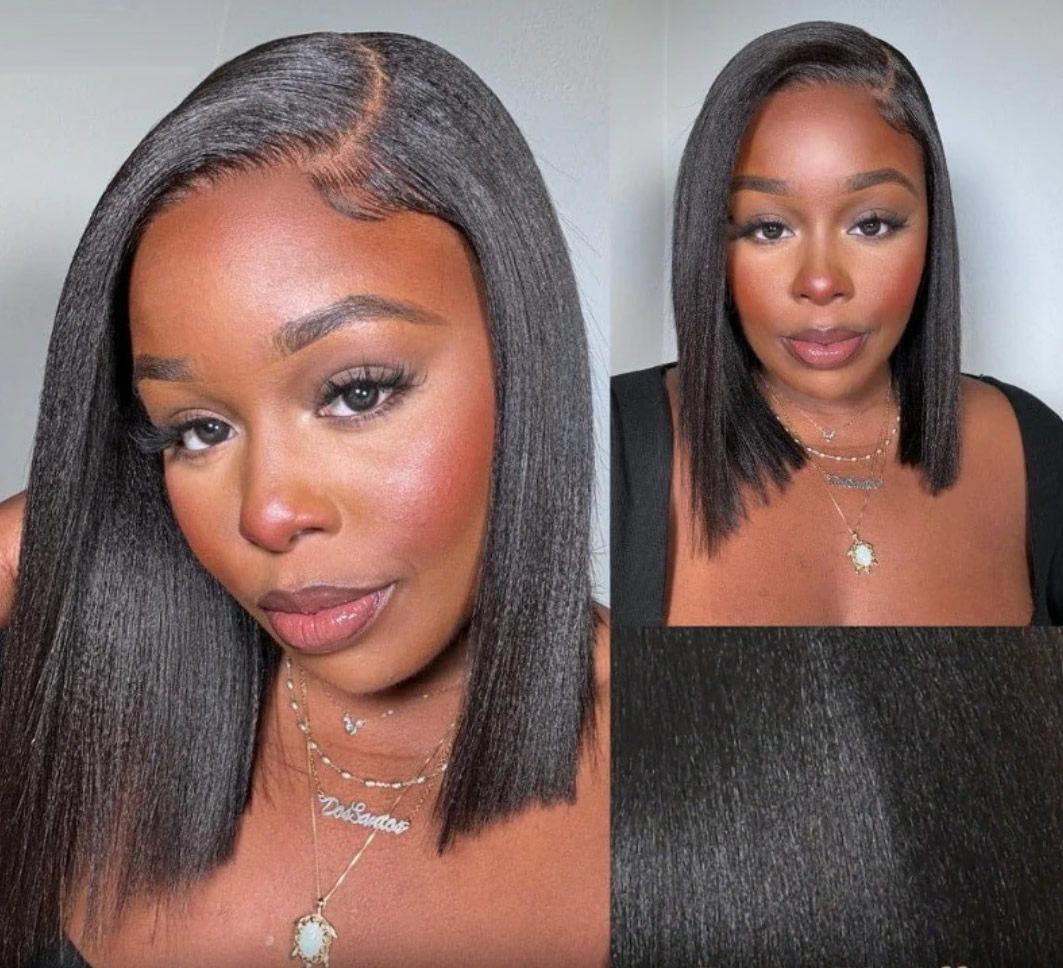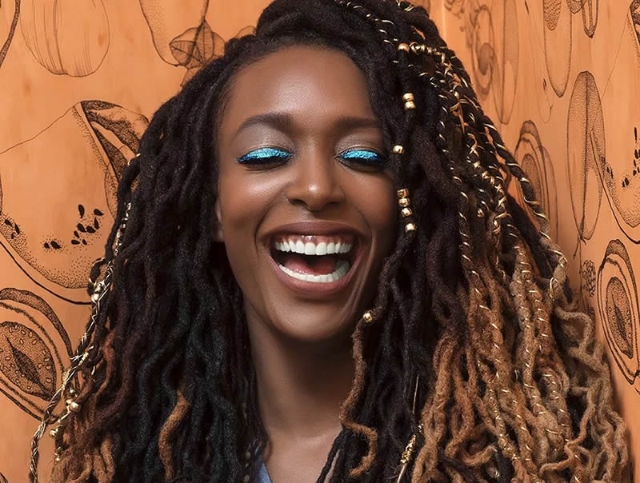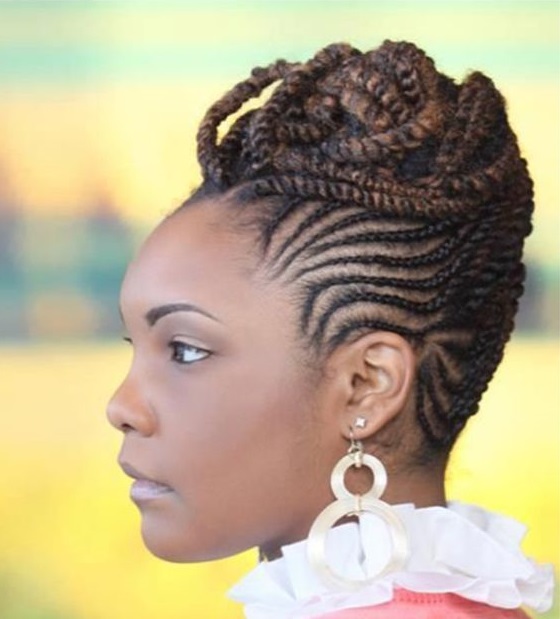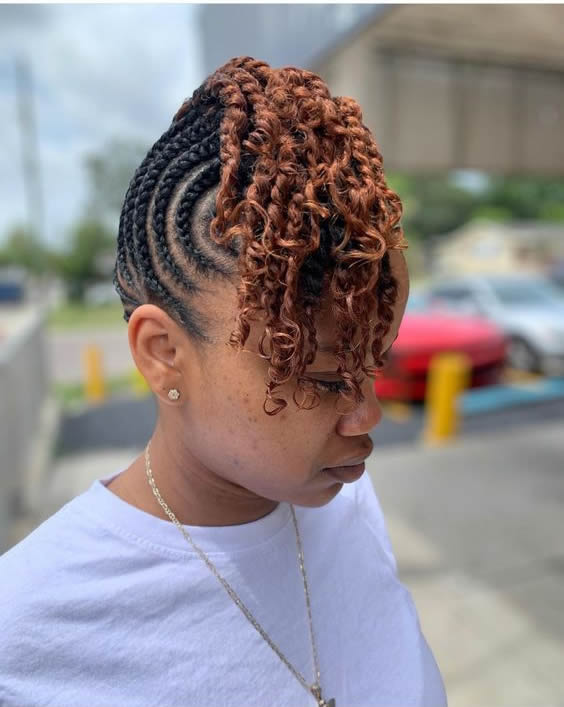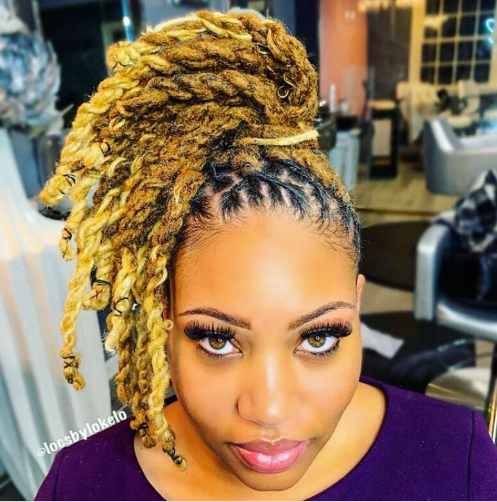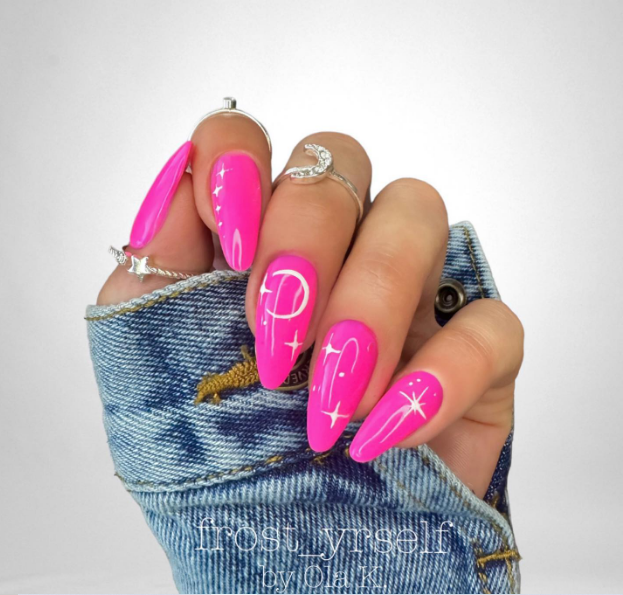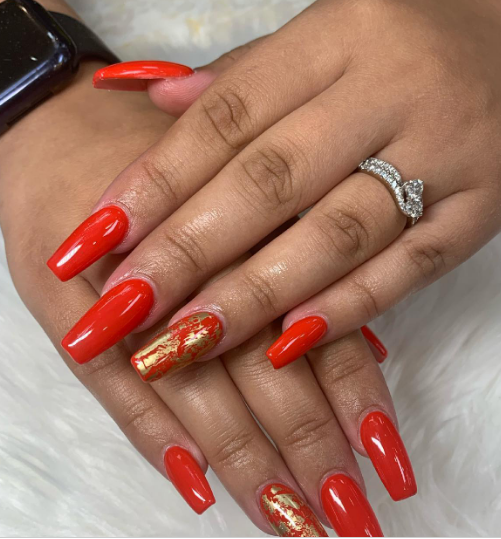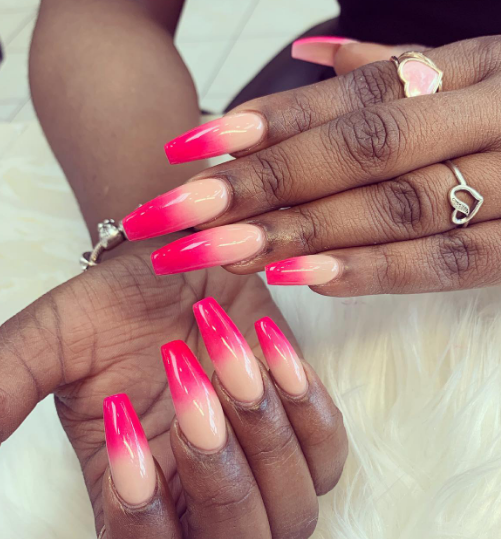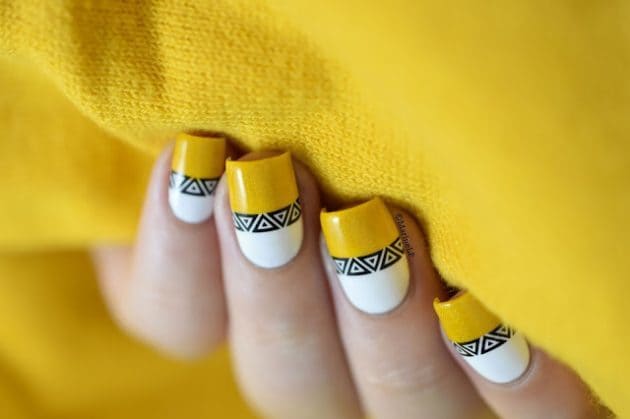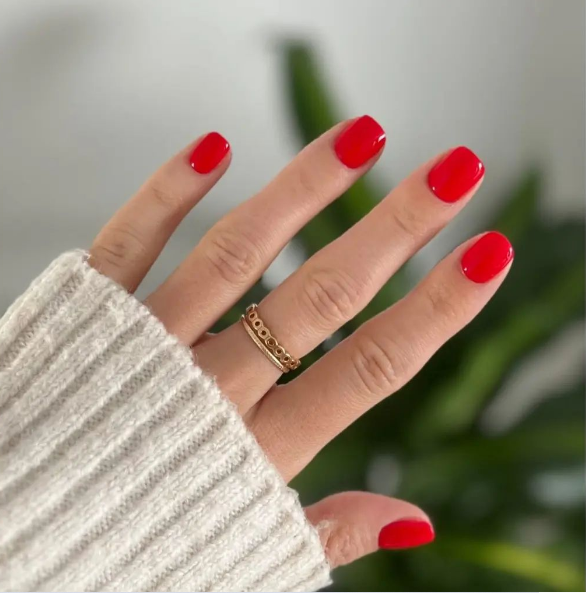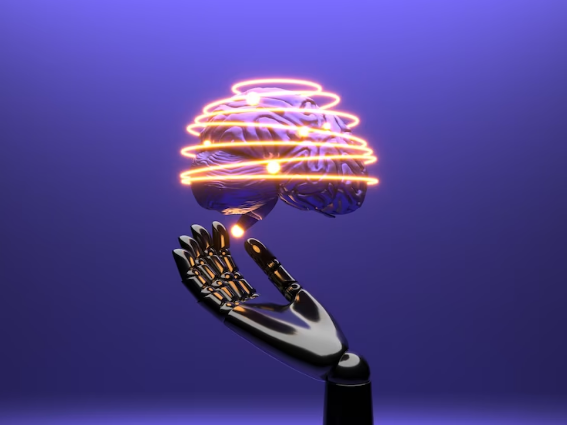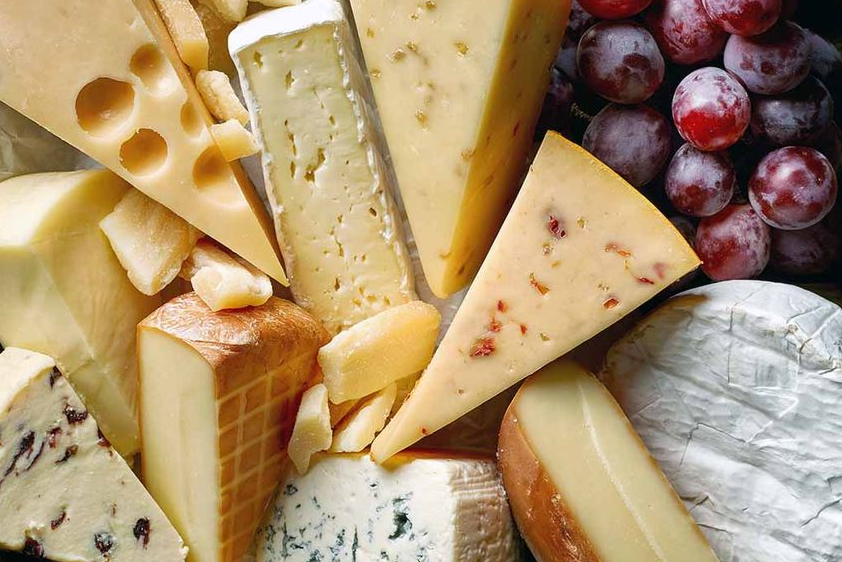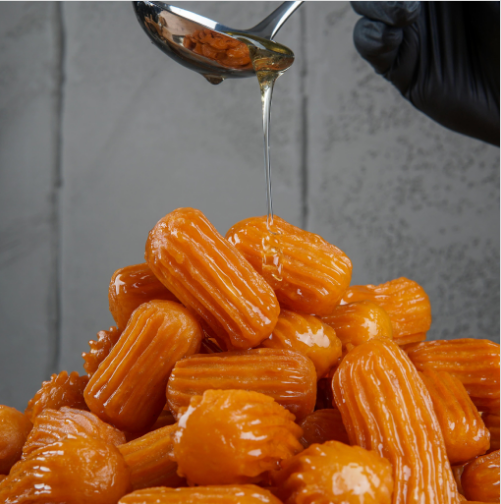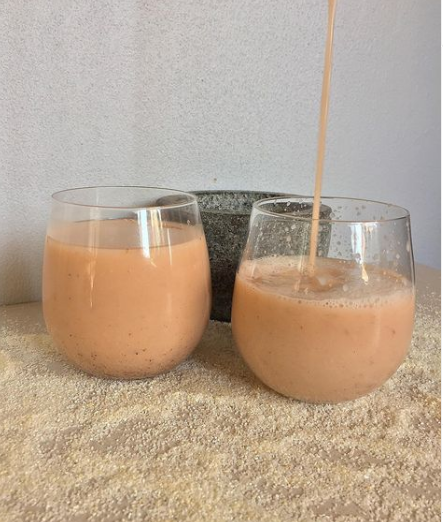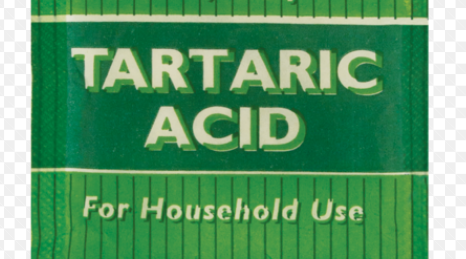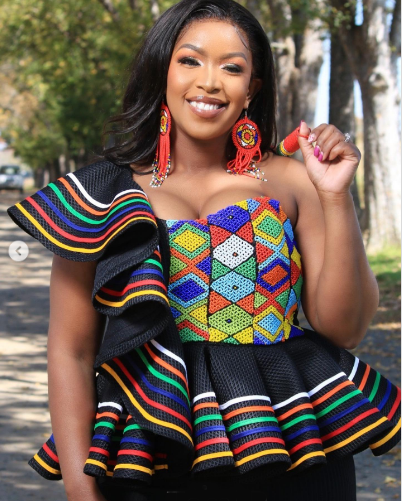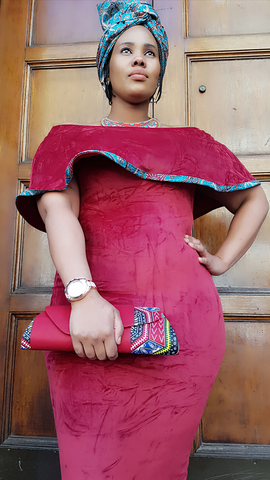
There is a Gabonese anecdote of a man who walked through a jungle and found a porcupine lying on the ground dead. The man thought that he was in luck, so he took the porcupine home and ate it. Later that night the man felt nauseous so he decided to sleep. In his sleep he had vivid dreams and hallucinations to the magnitude of a spiritual awakening. He remained in this state until later in the afternoon the very next day. WHen he finally came to his senses he could have sworn he was possessed by demons, but he felt healthier and stronger and wondered how and why. He hunted and ate another porcupine, but there was no difference, he felt nothing. He did that several times and still felt no difference at all. He then went to find the very place where he found the first porcupine he ate that had that effect on him. He noticed herbs growing from that place and noticed other animals that had come in contact with the plant lying around it seemingly lifeless. He took the plant home and ate it. He experienced those hallucinations all over again. That is how he came into contact with Iboga.
Psychoactive drugs are drugs that heavily affect the mind of the person that takes them. Ayahuasca is the most popular of all the psychoactive drugs. It is brewed and mixed together with hallucinogenic properties. Iboga is said to contain more alkaloids than heroin, meth and ayahuasca combined. Scientists conclude that Iboga is by far the most potent psychoactive plant in the world, by default making it the most powerful substance in the world. Iboga is heralded as ‘The Father of Medicine’.
As the writer of this article I would like to share my first hand experiences with the medicine. Can you imagine a drug stronger than any drug or medicine you have ever ingested but not addictive? A drug that takes your mind, body and soul to a place it has never been just to bring you back to yourself. That is what Iboga was like for me. A pathway to getting your life back, it is the closest thing that humans can do to updating a phone’s IOS software.
An Iboga healing ceremony is as spiritual as it is medicinal. The ceremony is practised by the Bwiti tribe in Gabon. The ceremony begins with you putting all your electronics (phones, laptops away) for the entirety of the process. The shaman gives you instructions to write down what exactly about yourself you would like to change. You are allocated a private bedroom to sleep in. You then sleep for the rest of the afternoon and wake up in the evening. While asleep the shaman burns sage to ward off any evil spirits and keep the area where the ceremony is taking place cleansed and safe for administering the medicine.
Once the sage has been burnt for a few hours when the sun has been fully set. The participant(s) are called outside the shelter to gather around and sit next to a fire where there is sage being burnt and then the people get their first dose of Iboga. Iboga is usually administered either in powder form, or the actual herb itself. Before the plant is fed to us a serum known as “Bwiti oil” is smeared on the participants' foreheads by the shaman. The oil is mixed and prepared by the elder women of the Bwiti tribe so the oil’s ingredients are exclusively known by these women. Only women who are 60 years and above have a right of passage to make this oil. This oil is to prevent any evil spirits from entering your mind because it is believed that when you are in that transient state it is very easy for demonic spirits to permeate through the spiritual realm and into you.
Once the oil has been smeared on the head of the participants the ceremony begins. When iboga was administered to me it was in powder form. The dosage was with the use of a teaspoon. The taste is extremely bitter and we were given water to make it easier to keep ingesting. After the first dose of Iboga, People are allowed to talk amongst themselves, however it gets harder to converse as the medicine kicks in. After about half an hour we are called to the room where the ceremony takes place. It is there where you take another dose of iboga, by this time you are drowsy and slowly losing control over your mobility. There are mattresses laid out for you to lie down in the room where the ceremony is held. Once you’re in there, the shaman begins playing the music of the Bwiti people called Mugongo. So this music is played throughout the ceremony.
As the shaman is administering more and more Iboga your body trembles more and more, you start to feel nauseous. You will still feel in control of your senses but as you attempt to go to the bathroom you stagger and you stumble, the shaman assists you to go to the restroom. In the restroom you either throw up or you have a running stomach. As you are relieving yourself all the toxins are being drained from your body. You repeat this process of being fed Iboga, going to the bathroom and lying down for hours and hours into the night. Now the dosage of iboga can vary from person to person. But usually the dosage can stop at 12 teaspoons. I was on my 3rd teaspoon when the visions began. I saw visions I could not make any sense of but I was safe, I felt sober and drunk and high at the same time, I felt so lucid but I also felt I was not present. My body was trembling the way I tremble when I'm in a hospital and I'm being given medicine. I felt extremely weak.
Eventually I lost consciousness and the Shaman escorted me to my room when the sun was about to rise. The Iboga ceremony is 12 hours long and it ends at daybreak. For four extra hours I laid in bed. When I got up I was still feeling weak and nauseous. The Shaman woke up and fed us breakfast. It wasn't too heavy. We had to sit outside for fresh air. I took a look in the bathroom and saw how dirty I was. I had bathed the day before but after the ceremony it looked like I had not showered in weeks. I still needed some fresh air. While outside by the middle of the afternoon and the Iboga had worn off I felt an extreme amount of pure euphoria. I felt as if years of my life had been given back to me. I felt better than I had ever been. I had never been so happy and so energised and ready to take on the world. When I went back to sleep, I had a vision that I was still outside speaking to a man. We conversed for hours, and then I was told to wake up to have some dinner.
I asked the Shaman where the person I was speaking to went. He told me I had been asleep for a while. I was very certain I had a full length conversation with the person who claimed to be the Shaman’s cousin. It turns out the person I was talking to was indeed the shamans cousin who had died in the year 2010. That was my very first time speaking to a dead person. The term ‘new man’ doesn't do justice to the feeling I felt post Iboga. We still spent the night at the place and left the place the very next day.
The key difference in my life since Iboga is the control I have over everything. Indeed a lot of negativity still gets the best of me, but my drinking and sleeping habits both changed for the better. Nowadays I only need 5 hours of sleep a day.
Iboga is especially helpful to people suffering from drug addiction, people dealing with trauma, and eating habits. Even when it comes to ingesting all that you were addicted to, your body doesn't accept it or crave those same substances you were once dependent on.
Now in the western world Iboga has been broken down into an over the counter drug “Ibogaine” and it has also been used to treat people with trauma and addiction issues. Although Ibogaine is effective the potency is a far cry from how enchanting and breathtaking the actual traditional ceremony is. Iboga can even be purchased over the internet. However if administered wrongly the following may occur: side effects like heart attacks, seizures, becoming brain dead, demonic possession, and even death itself. The substance is too potent to be taken excessively and carelessly.
Iboga ceremonies are quite possibly the most transformative rejuvenating ceremonies in the world. It's also a great way to network with people in Power. When I had my ceremony I had the honour of doing the ceremony with Shingai (UK songstress from the band the Noisettes). I am not saying Iboga ceremonies will change your life but what i can testify is that it gives you a better fighting chance against the world.
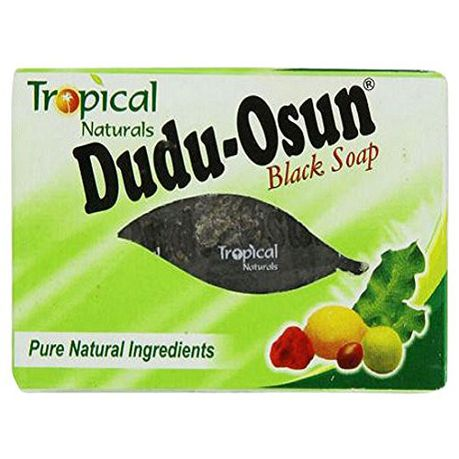
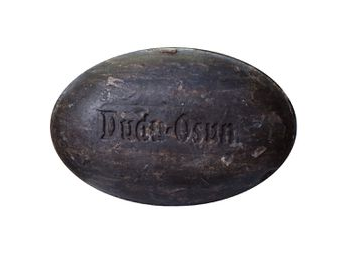
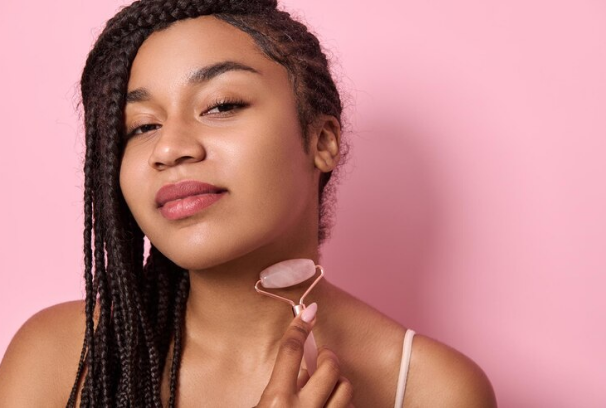
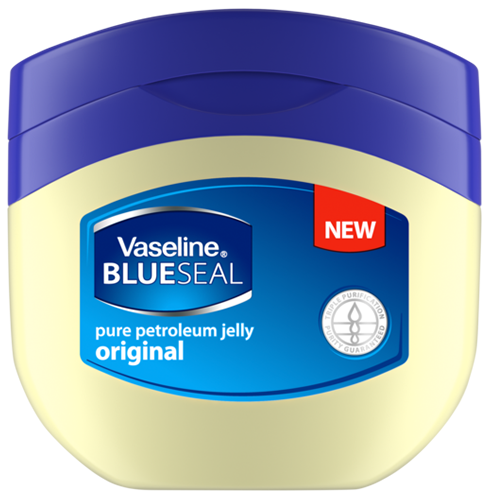
 In 1859, Chesebrough, a chemist from New York, learned about a substance called "rod wax" or "rod wax jelly." Oil workers were using this substance to heal cuts and burns on their skin.
In 1859, Chesebrough, a chemist from New York, learned about a substance called "rod wax" or "rod wax jelly." Oil workers were using this substance to heal cuts and burns on their skin.